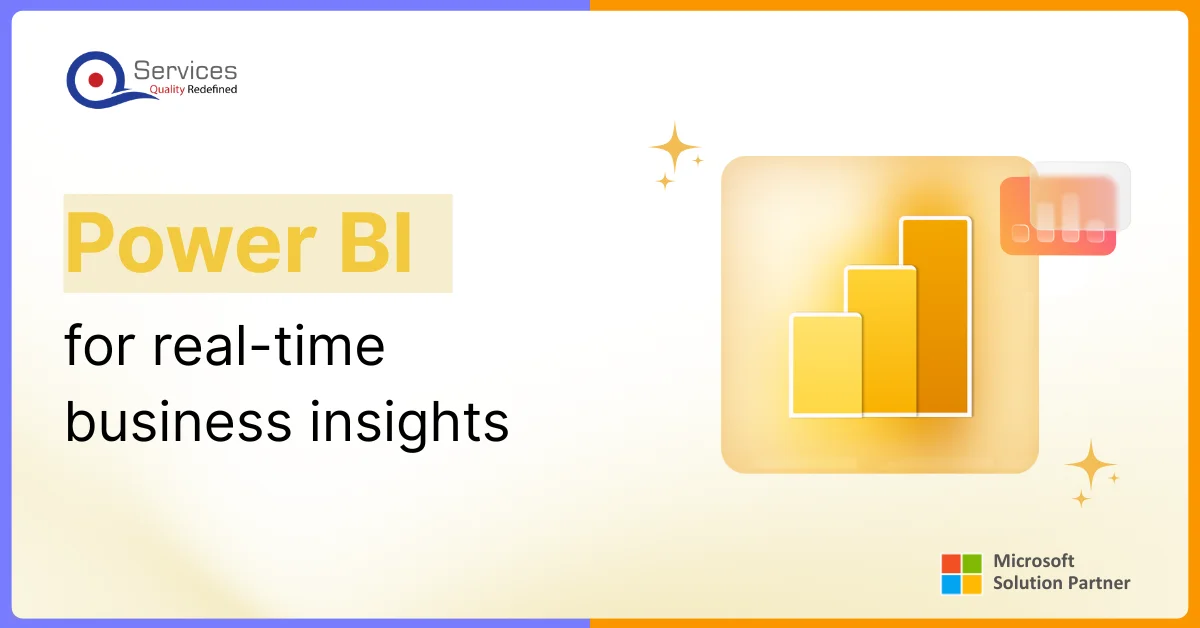
Home » How Automation Transforms Customer Onboarding in Banking?

Customer onboarding is the first step when a bank starts working with a new client. If this process is slow or confusing, it can hurt the bank’s reputation and lower customer satisfaction.
Traditionally, onboarding involves manual tasks like collecting documents, verifying identity, and entering data. These tasks take time and often lead to mistakes, which frustrate both customers and banks.
Today’s customers expect faster, more accessible services—something that automation delivers effectively. Solutions like Robotic Process Automation (RPA) and digital verification systems are now leading the way by streamlining the onboarding journey.
This blog explores how automation is transforming the customer onboarding process in banking and helping institutions meet evolving customer demands.
Banks have long faced inefficiencies in customer onboarding due to the manual handling of large volumes of data. To overcome delays, errors, and operational slowdowns, they required a technology-driven solution.
AI and automation have emerged as transformative elements in digital banking. These technologies, particularly Robotic Process Automation (RPA) is addressing these issues by automating rule-based, repetitive tasks with high accuracy and minimal human effort.
Automated customer onboarding process not only reduces operational costs but also significantly improves customer satisfaction through faster onboarding experiences. Tasks that once took several days can now be completed in minutes.
Automated customer onboarding acts like a smart assistant for banks. It knows the best possible step needed to streamline the process. Instead of going through tasks one by one, automation manages multiple tasks simultaneously with greater speed and accuracy.
Instead of using a paperwork approach for entering customer details, automation gathers data through secure online forms and apps. It ensures that the information is complete, formatted correctly, and validated at the point of entry.
The RPA software contains a built-in system that scans and authenticates identity documents such as passports, licenses, or utility bills. By doing this automatically, banks speed up verification and maintain accuracy.
Automated KYC verification in banking onboarding is critical as it flags risks immediately. Rather than reviewing customer data against compliance lists one by one, automated KYC runs real-time checks against global watchlists and databases.
Once verification is complete, automation creates the customer account, pushes data to internal systems, and sends welcome notifications. Rather than coordinating between teams, the process is handled in a single, connected flow.
Get free Consultation and let us know your project idea to turn into an amazing digital product.

Share your project idea with us. Together, we’ll transform your vision into an exceptional digital product!

Robotic Process Automation leads to faster and more cost-effective banking by removing workload through smart automation. Institutions that adopt RPA solutions experience:
60% Faster Onboarding Through Workflow Automation
RPA solutions automate tasks like document collection, validation, and KYC checks. It ultimately leads to an average onboarding time reduction of 60%.
40% Improvement in Data Accuracy with RPA Bots
Automated form population and real-time cross-verification across systems reduce human errors and help banks record data with greater accuracy.
Up to 30% Reduction in Operational Costs
By automating back-office tasks, banks have reported up to 30% cost savings within the first year of RPA deployment.
99.9% Compliance Accuracy in Automated KYC Checks
RPA-integrated KYC modules flag inconsistencies instantly, ensuring compliance with evolving AML guidelines and minimizing regulatory penalties.
3x Increase in Customer Throughput Without Added Staffing
With automation handling routine onboarding tasks, banks triple their capacity to onboard customers daily without scaling headcount.
The need for digital customer onboarding in the banking sector is essential, and banks are increasingly adopting automation to meet this demand. Robotic Process Automation (RPA), growing at a CAGR of 25.7%, is making the onboarding process smoother and more efficient.
With its capabilities to automate compliance tasks, along with digital document verification, banks can complete onboarding faster, reduce errors, and improve regulatory adherence.
Automated onboarding reduces operational costs by up to 30% while processing three times more customers without additional staffing requirements.
Modern automated systems achieve high accuracy by scanning and validating documents against government and internal databases.
Automation handles repetitive tasks, freeing staff to focus on complex customer needs and relationship-building, not full replacement.
Yes, automated systems use advanced encryption, secure data handling protocols, and comply with banking regulations to protect customer data throughout the process.
Yes, reputable systems comply with GDPR, CCPA, and other privacy regulations while securing customer information.
The system will notify you immediately with specific reasons for rejection, allowing you to resubmit corrected documents or contact customer support.
Most banks provide live chat, phone support, or in-app assistance during automated onboarding to help customers complete the process successfully.
Initial investment varies, but automation often leads to significant cost savings by reducing manual labor and speeding processes.
Typically, government-issued ID, proof of address, Social Security number, and sometimes employment verification depending on account type and bank requirements.
Increased use of biometrics, blockchain for identity, and more AI-driven risk analytics will continue improving onboarding speed and security.

Have a one on one discussion with our Expert Panel

In 2026, moving workloads to Azure cloud migration is not just about transferring data. It’s about making the whole process smarter, more automatic, and easier to manage while keeping compliance and security tight.

The way small and medium-sized businesses (SMBs) operate has changed more in the past five years. Traditional systems that once felt reliable are now holding teams back. Data lives in silos, processes rely on too much manual work, and the cost of maintaining legacy servers keeps growing. So how do businesses modernize without disrupting what’s already working?

In an era where technology shifts faster than any corporate strategy can keep up, the real concern for IT leaders is how their organization can leverage Microsoft effectively without disrupting operations. This is where the Microsoft Solutions Partner program becomes relevant.

Founder and CEO

Chief Sales Officer
